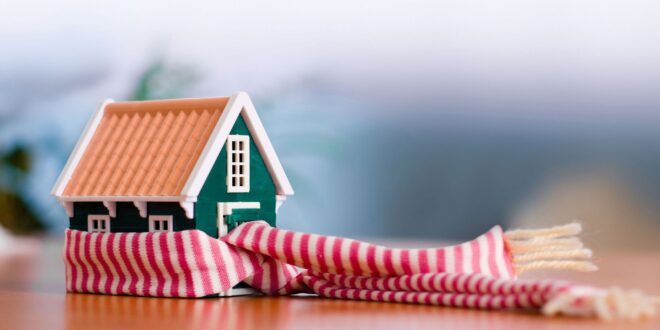When you have a home, it is essential to take proper care of it. This includes seasonal repairs and upgrades that will protect a house during the winter when there is severe weather. Indiana has rough weather conditions throughout the winter with high winds, cold temperatures and a lot of snow. It is a good idea to begin the improvements or repairs to your house in the autumn, but it is also possible to make changes after winter begins. Here are some of the ways to prepare your home for the winter.
Way 1: Replace Your Home’s Windows

Check your home’s windows for the signs of problems from single-pane glass or degraded window frames. Today, you can have a house’s old windows replaced with vinyl-framed windows that have double or triple panes of glass that will keep the cold drafty air from entering your house. When the windows are replaced, the technicians will measure precisely so that the items will fit correctly in the openings.
Way 2: Check a Home’s Water Pipes
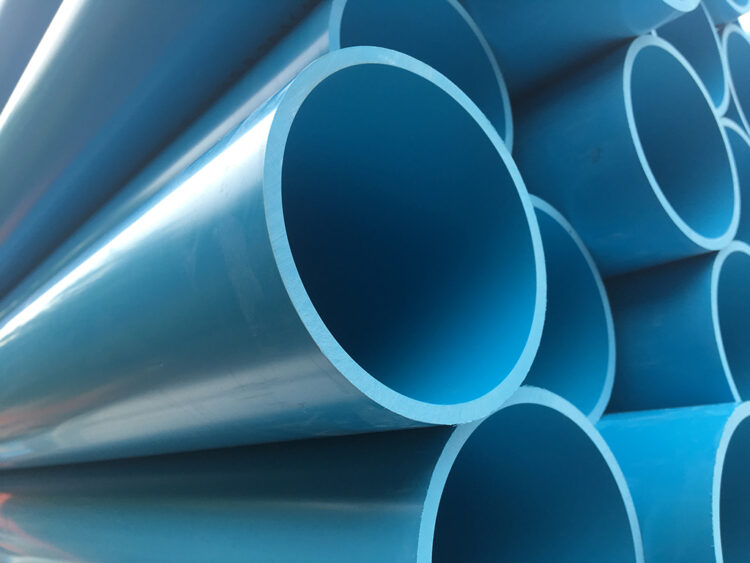
You should check the exterior and interior water pipes to find any problems. If a pipe is leaking or looks rusty, then you should have it replaced before winter begins. Experts recommend draining exterior pipes before turning off the nearest faucet. You should buy self-adhesive insulating tape to wrap around the exterior pipes along with any interior pipes that are located in a colder area of your home.
Way 3: Inspect Your Home’s Heating Devices
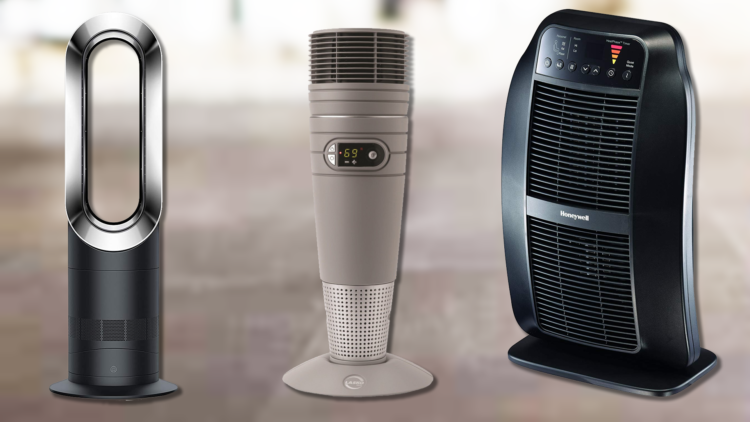
Make sure that your home’s heating devices are working optimally by turning the systems on early in the autumn. If the equipment isn’t working, then have the device repaired by a professional technician. It is also important to clean the baseboard heaters or a furnace’s components along with changing the filters that will capture dust. In addition, you should walk through your house to verify that the vents are open and not covered with anything that can prevent the proper flow of the warm air.
Way 4: Fix a Home’s Rooftop
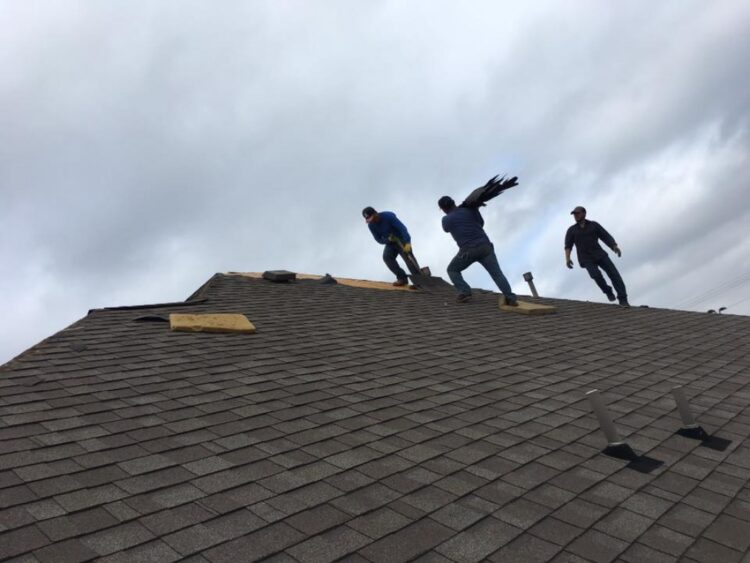
Don’t ignore your home’s rooftop during the winter. It is important to have missing shingles replaced on the roof, and if there are major problems, then you should have all of the issues repaired. A roofing technician can inspect the other features that are near the roof, including the eaves and gutters so that your house’s roof is in the best condition before there are ice and snow. If a house’s roof is leaking, then the building will feel colder, increasing your heating bills.
Way 5: Seal or Replace Doors
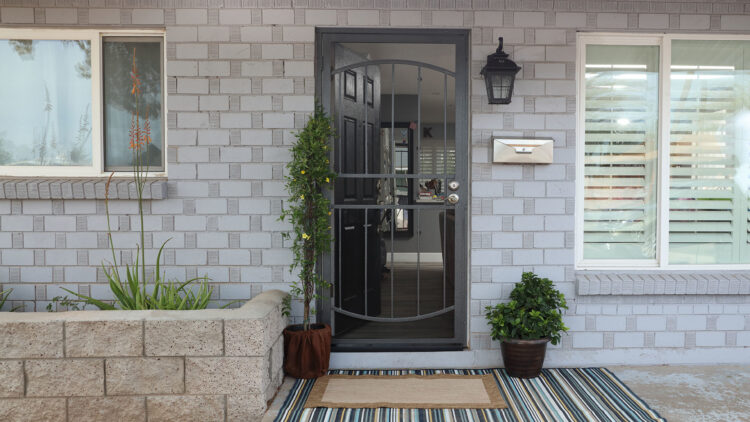
It is important to seal the gaps around a home’s doors with liquid caulking or self-adhesive foam tape. If your home’s exterior doors are in bad condition, then you should replace the items with modern doors that are made to keep out cold air during the winter. For the best fitting exterior doors, you should hire an expert who can measure the items precisely to prevent any drafts.
Way 6: Add Insulation to Your Home
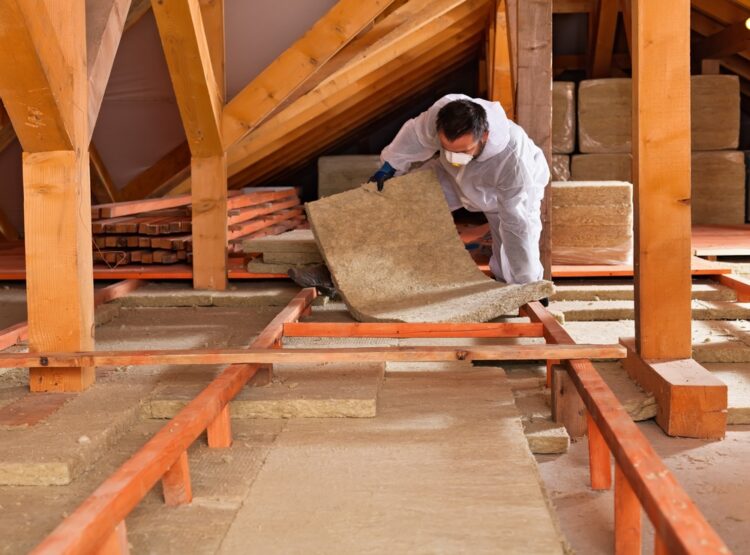
One of the best ways to keep a house warmer throughout the winter is by adding insulation to the wall or ceiling spaces. When you contact someone as knaufinsulation.us/en their technicians can inspect your house to offer advice about fiberglass insulation. Homeowners can select insulation products that are easy to roll out onto an attic’s floor, but they may prefer using blown-in fiberglass insulation for the difficult to reach areas of a building.
Way 7: Prepare a Home’s Fireplace
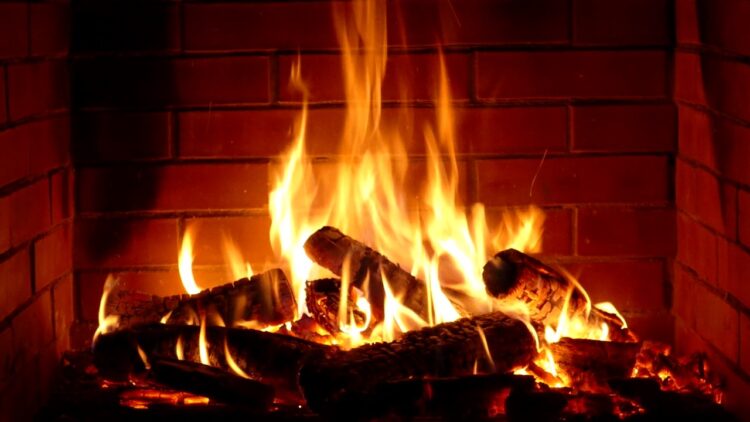
When your house has a fireplace, you must prepare it before winter. You should contact a chimney sweep to inspect and clean the chimney’s fire pit and shaft. Cleaning the fireplace will remove any blockages along with helping to prevent an internal fire that can damage your home. In addition, the fireplace will work better when it is clean. Make sure to have enough firewood to last throughout the winter, and also, use caution while using the fireplace to avoid any dangerous problems.
Way 8: Drain Your Home’s Water Heater
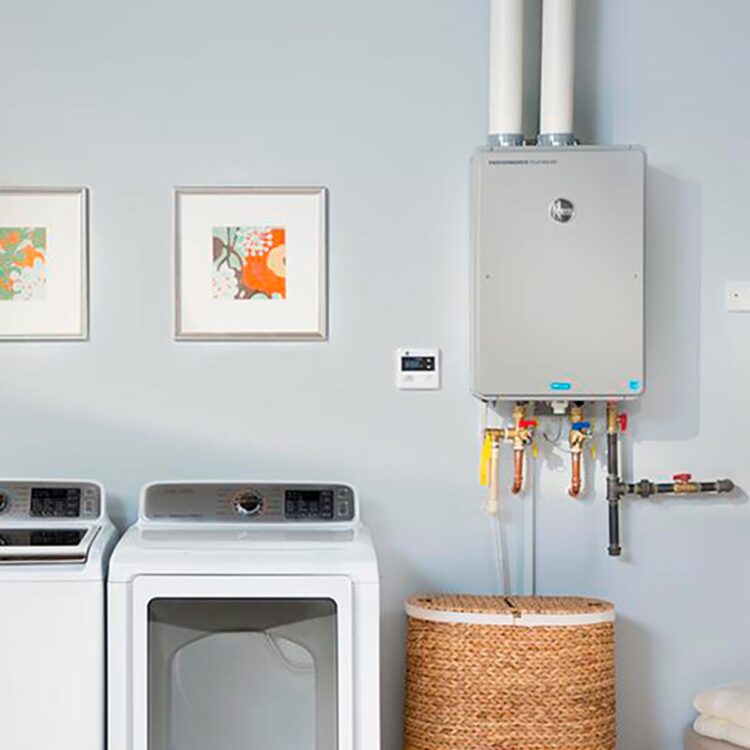
Water heaters tend to stop working during the winter, and it is often due to having a rusty holding tank or degraded pipes. Use a flashlight to check the water heater from all angles, and make sure to use your fingers to find any moisture on the pipes. You can help a water heater to last longer by emptying it during the autumn to remove any sediment in the tank that can make the appliance degrade faster. To keep hot water warmer longer, you can place a special insulating blanket over the water heater.
Way 9: Cover Your Home’s Windows
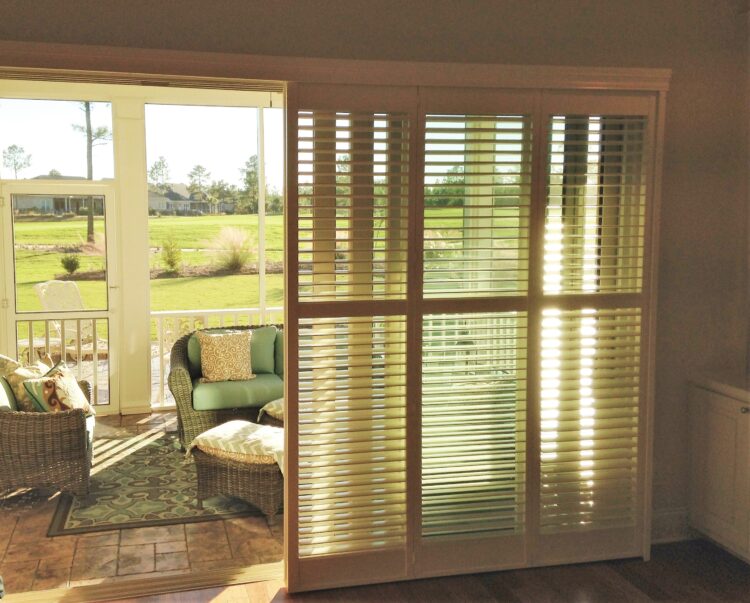
You can install plastic window film over your home’s windows to prevent drafts, or alternatively, you can hang heavy drapes over the windows. If you do both of these things, then you will have a home that is much warmer, and you will also have a major reduction in your heating bills.
Way 10: Do You have a Programmable Thermostat?
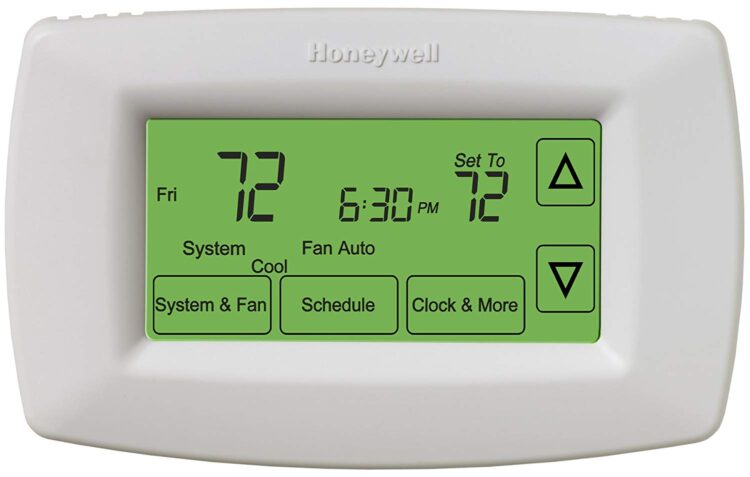
If you have an old-fashioned thermostat for your home’s furnace, then it can waste money. A modern programmable thermostat makes it easier to turn down the heat in your house at night or when you are away from home. Some of these devices are easy to program by using a computer or a smartphone.
Way 11: Open Cabinet Doors in the Kitchen and the Bathrooms
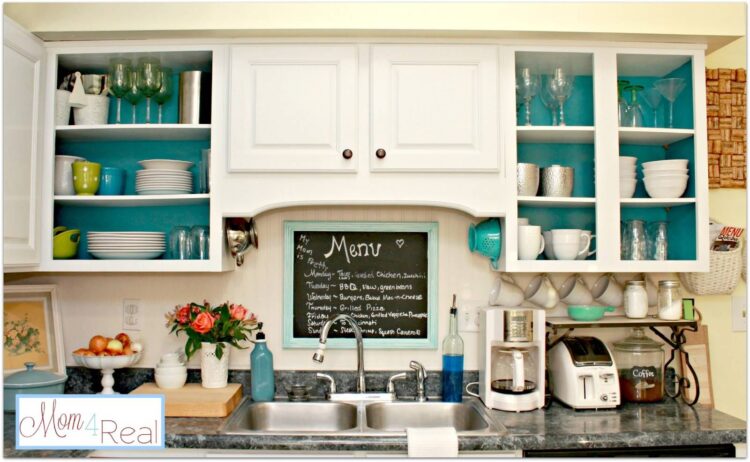
When the temperature begins to drop, you should make sure that the warm climate-controlled air is circulating around the pipes in the bathrooms and the kitchen. Make sure to open the cabinet doors that are near the water pipes in these areas so that the items won’t freeze. Remember that you must also maintain the heat in a laundry room so that the water pipes connected to the washing machine won’t freeze. If you notice any dripping from a water pipe, then turn off the nearest valve to prevent any damage to your home.
 Hi Boox Popular Magazine 2024
Hi Boox Popular Magazine 2024
